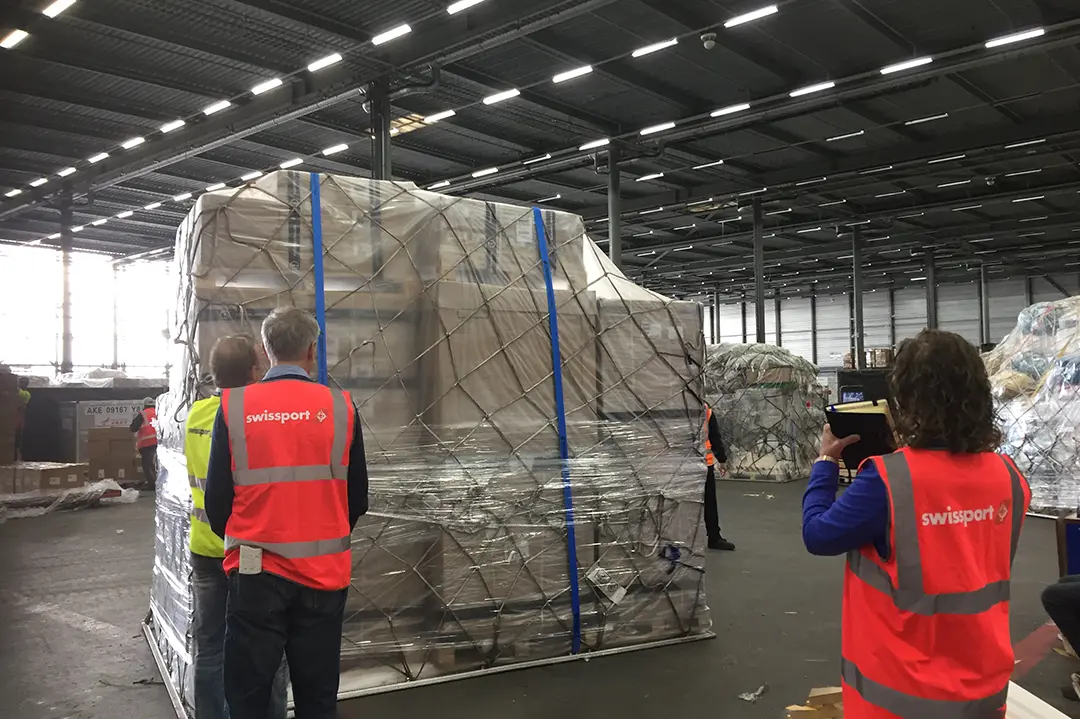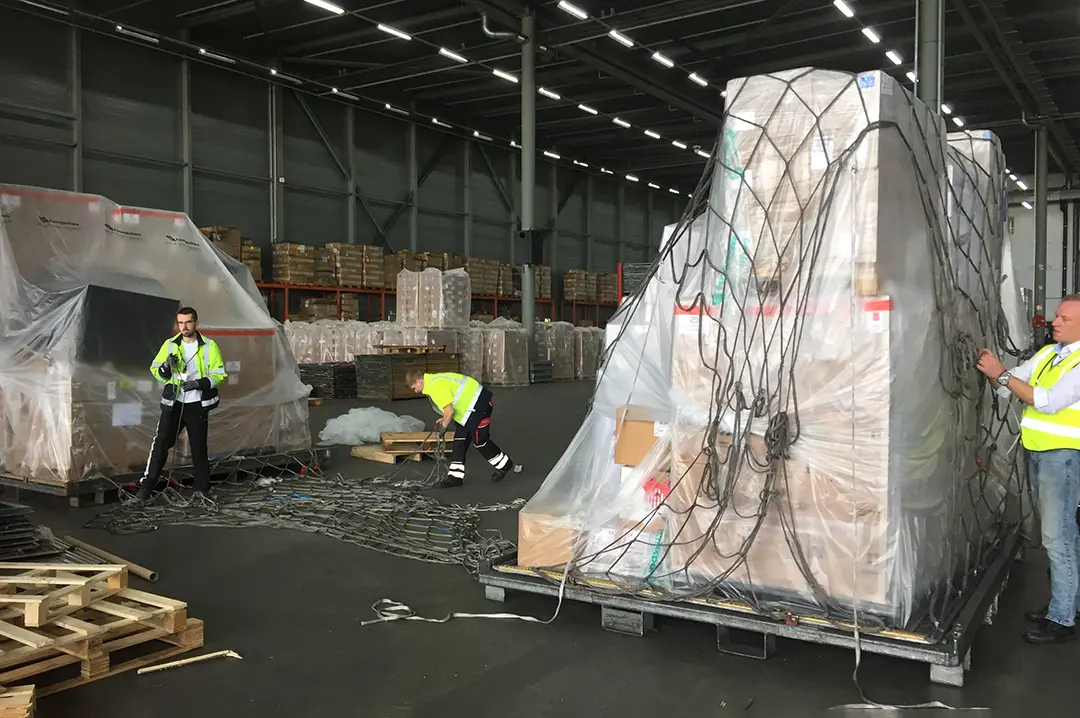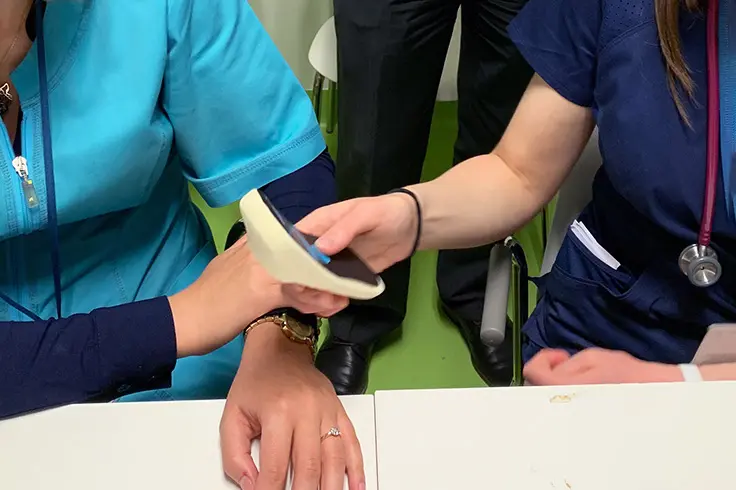User-centered design: why it’s vital for good industrial design
Industrial design is all about creating products that are aesthetically pleasing with functionalities that are embraced by its users. To do this well, we must take into account the needs of those users. This is where the user-centered design process comes in. By understanding how users interact with products, we can create better designs that meet their needs. Let’s take a look at all user-centered design steps and how it helps to create better and more successful products.
What is User Centered Design?
User-centered design is an iterative process of designing a product or service with the needs, wants, and limitations of the end user in mind throughout each step of the process. This means that before any design decisions are made, our industrial designers need to gather information about the targeted users and their behavior. Also, within the user centered design process we must consider any constraints users may have. The gathered information serves as input for the further design process to enable creating a product or service that meets the needs of your intended users.


User centered design steps
The user centered design process begins with research on existing products, services, or processes. Ideally and if possible, this research is conducted on location with the intended users or by making use of focus groups. The next user centered design step is brainstorming and ideation where our designers come up with potential solutions to address user needs or problems. Ideally the generated concepts are also presented to the intended users for validation or valuable input for further improvements. After the idea generation in our user centered design process, the prototyping can begin. This involves creating mockups or 3D prints of potential designs for testing with users before finalizing the design for production. And finally comes the implementation where the product is manufactured and released for use by its intended audience.
User centered design examples
Especially in projects that are about products not daily used by our design team it is especially important to dive into how current solutions are used and what can be improved. The design engineers of ManGo for example visit hospitals to interview, observe and sometimes even work together with physicians, surgeons or support staff. Learning in the process how the medical instrument or device that has to be improved works and current drawbacks which might even go overlooked by its users. The same goes for product developments on building sites, food industry, automotive and many others. In our user centered design process we visit and even work on any location that can give additional insights to ensure the best possible design for our clients.
Conclusion
User-centered design plays an important role in product design as it allows for products to be designed with the end user’s needs in mind from start to finish. By conducting research into your target users’ behaviors, preferences and limitations prior to beginning any design work, we can ensure creating something both functional and aesthetically pleasing for your intended audience. With careful consideration given throughout each user centered design step from defining objectives to evaluating results, our industrial designers can create products tailored specifically for your intended users, ensuring customer satisfaction every time.
More information
Are you interested to learn how we can involve users in the best way for your product development? Contact us by phone, our online form or send an e-mail to:









